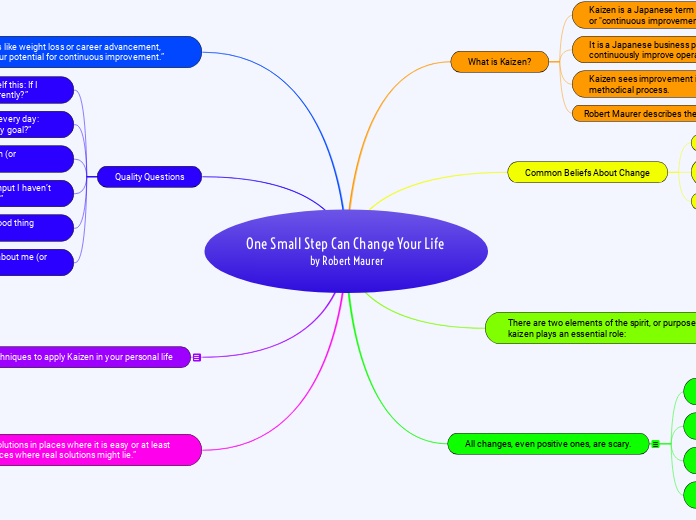Parts of the Brain
Gyri-folds of the outer brain tissue
Sulci-shallow depressions between the gyri
Fissures-deeper grooves/furrow
Directional terms for brain anatomy
Rostral-anterior; "toward the nose"
Caudal-posterior; "toward the tail"
Brainstem
medulla oblongata
nuclei for coughing, sneezing, salivation, swallowing, gagging, and vomiting
inferior olivary nucleus
relays proprioceptive information to the cerebellum
medullary respiratory center
regulates respiratory rate
vasomotor center
cardiac center
regulates heart rate and strength of contraction
pons
superior olivary nuclei
sound localization
pontine respiratory center
works with medullary respiratory center to control skeletal muscles of breathing
midbrain
inferior colliculi
auditory reflexes
superior colliculi
visual reflexes
substantia nigra
makes dopamine (control movement, emotional response, and pleasure/pain)
Cerebellum
receives proprioceptive information and regulates body position
adjusts skeletal muscles to maintain posture and equilibrium
coordinate and fine tunes skeletal muscle movements initiated by the cerebrum
Diencephalon
hypothalamus
emotional responses
sleep and circadian rhythms
water intake
food intake
regulates body temperature
master control of the endocrine system
master control of the autonomic nervous system
thalamus
"filters" incoming sensory information
epithalamus
habenular nucleus
pineal gland
secretes melatonin to regulate circadian rhythm
Cerebrum
cerebral nuclei
regulate motor output/ inhibit unwanted movements
right cerebral hemisphere
left cerebral hemisphere
insula
taste
occipital lobe
vision
temporal lobe
smell
hearing
parietal lobe
somatosensory lobe
primary somatosensory cortex on postcentral gyrus
receive sensory information from the skin
frontal lobe
voluntary motor functions and higher order brain functions
prefrontal cortex
Highest order brain functions - complex thought, judgment, decision making, expression of personality, planning future behaviors
frontal eye field
controls eye movements for reading and binocular (using 2 eyes) vision
motor speech area
control muscle movements for speech
primary motor cortex on precentral gyrus
initiates and control voluntary skeletal muscle movements









